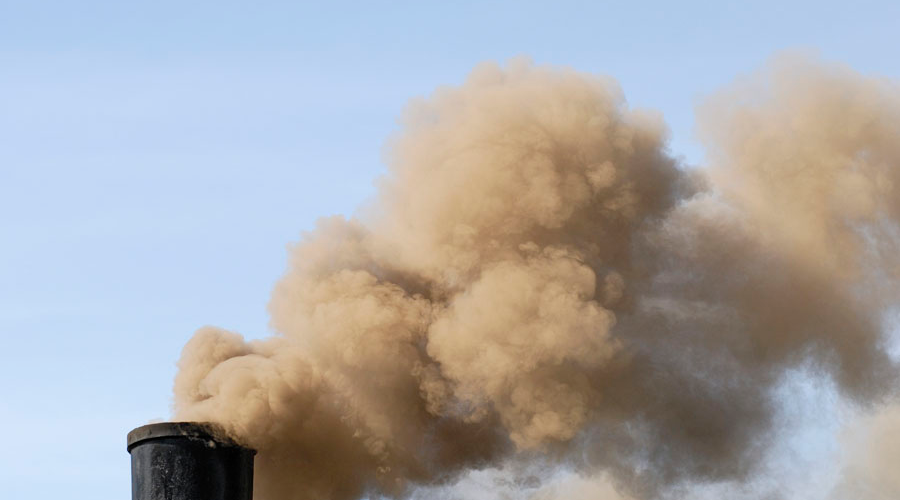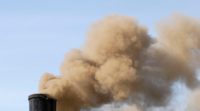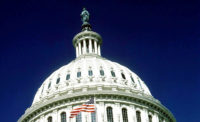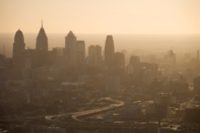The EPA’s announcement yesterday that it is reversing its decision to delay for one year designation of areas not meeting the 2015 ozone standards is being met with approval by the American Lung Association, American Public Health Association and American Thoracic Society.
In a statement issued jointly, the organizations called the delay a “flawed attempt to delay implementation of the 2015 ozone national air quality standards.”
The trio, along with other national environmental and health groups had mounted a legal challenge to the EPA’s original decision to delay steps to clean up ground-level ozone, the nation’s most widespread air pollutant. The EPA withdrew the delay just a day before it was due to respond the challenge.
“We are pleased that EPA reversed its decision. It has all the information it needs to make designations. States, local governments and tribes need to start as soon as possible to clean up ozone to protect the health of Americans, especially children with asthma, older adults with chronic lung diseases and others who have trouble breathing the air in their communities.
“Ground-level ozone, often called smog, is a dangerous air pollutant that research has shown harms health at levels frequently found across the nation. Ozone has been found to trigger asthma attacks, send people to the emergency room and hospital and even shorten lives. Newer research has linked ozone to cardiovascular disease, and even to low birthweight in newborns and stillbirths.
“EPA’s announcement today restarts the next step of the cleanup process with the identification of the areas that have too much ozone, using the official health-based limit on ozone that EPA adopted in 2015. To protect the health of Americans, EPA must move forward quickly. It has data from 2016 that show that ozone remains in unhealthy levels in small and large cities across the nation. Once EPA determines those areas in cooperation with the states, work must immediately begin to take steps to clean up the ozone to meet that limit and protect the public against the harms of ozone pollution.”



